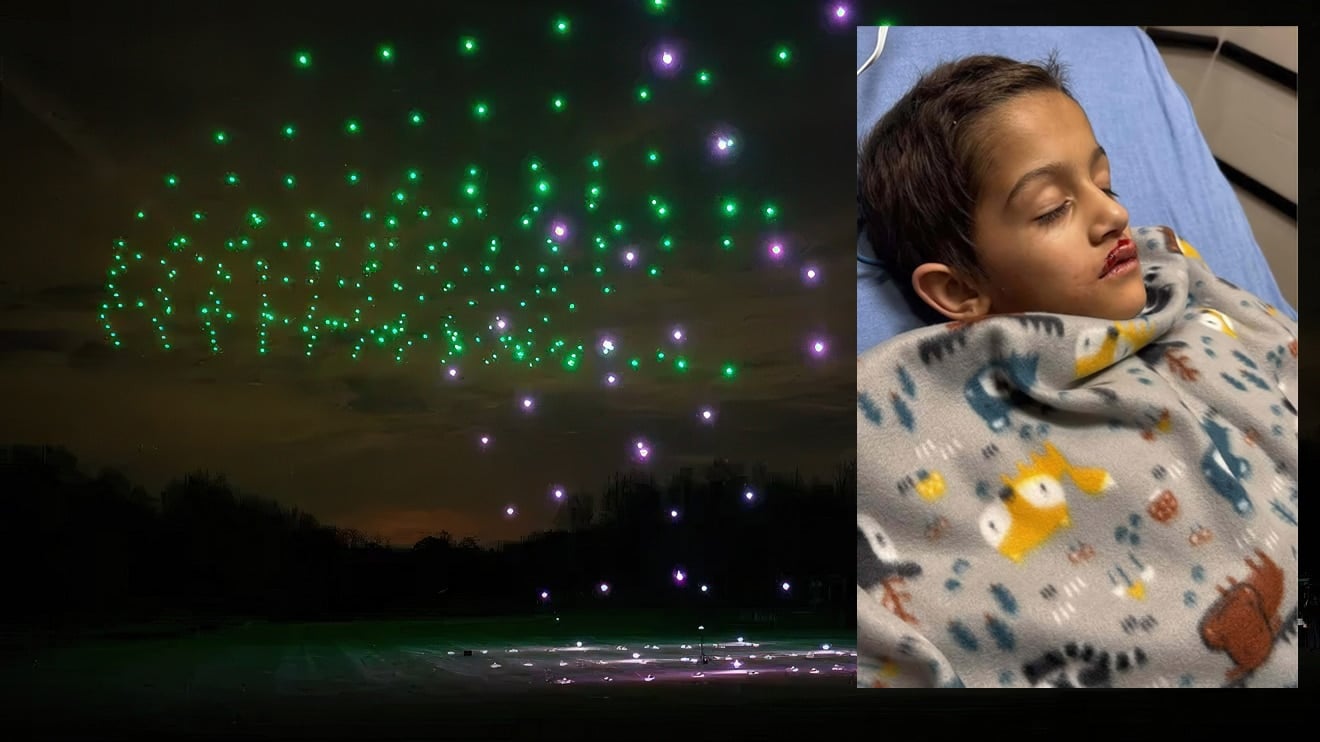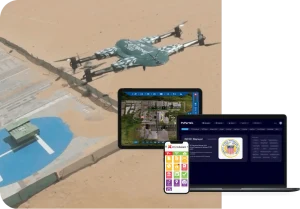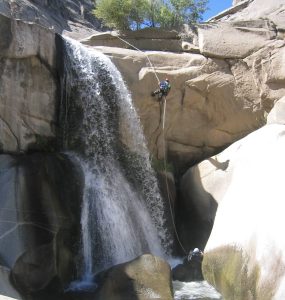The Orlando Drone Mishap: Unveiling the Details
On December 21, 2024, an impressive free holiday drone exhibition at Lake Eola Park, Orlando, quickly turned into a distressing event. While 500 drones illuminated the night, several malfunctioned, crashing into the crowd and seriously injuring a young boy named Alexander. This incident highlights significant concerns in drone show safety management.
Delving into the Disaster’s Origins
The Federal Aviation Administration (FAA) and the National Transportation Safety Board (NTSB) launched probes revealing a cascade of human and technical mistakes:
- Transmission Breakdown: Essential choreography files weren’t properly communicated to the drones, causing disorganized flight patterns.
- Alignment Errors: The drones were misaligned by seven degrees, resulting in a dangerously close approach to spectators.
- Geofence Inadequacies: A geofence designed to maintain distance from the crowd was set too close, at merely one meter instead of the recommended five.
- Multiple Technical Failures: Some drones failed to receive crucial flight data, leading to unpredictable movements and eventual collisions.
- Operational Oversight: Pre-launch system checks failed to identify these issues, allowing the show to proceed under unsafe conditions.
This series of failures emphasizes that even sophisticated technologies can lead to disasters if foundational safety checks are overlooked.
The Human Impact and Legal Battles
Alexander’s experience underscored the severe consequences of such oversight. His family, facing significant hardships, initiated lawsuits against multiple parties, including Orlando city, several drone manufacturers, and Sky Elements Drones, the operator. They alleged negligence and defective products, stressing the urgent need for heightened awareness and safety in densely populated areas.
Industry-Wide Repercussions: Safety and Regulation Reforms
The repercussions were swift and far-reaching:
- The FAA revoked Sky Elements’ special waiver for public performances, affecting their operations severely.
- Major drone shows nationwide were canceled, prompting the Drone Show Association to announce stricter safety protocols and regulatory reassessments.
- Initiatives for mandatory broader safety zones and enhanced pre-show data vetting are now under consideration, alongside improved training for drone operators.
These considerations are expected to redefine event principles within the drone industry, ensuring better public safety.
Reflections and Future Trajectories for Drone Shows
The incident is a crucial reminder of the inherent risks associated with technological entertainment:
- Even approved events can bear significant risks if safety protocols aren’t meticulously adhered to.
- Organizers and participants should seek transparency regarding safety preparations and emergency measures.
- Supporting responsible drone innovations can mitigate the potential hazards and highlight the importance of maintaining high safety standards.
As highlighted by a parent at the event, the situation mirrored a scene from a suspense film—except the threat came from falling drones instead of fictional monsters.
What the Future Holds for Aerial Entertainment
Drone enthusiasts and planners should anticipate new norms:
- Wider safety margins will likely be enforced, possibly dictating exclusive drone operations over bodies of water or restricted areas.
- Dual verification processes for essential flight data may become mandatory.
- Enhanced fail-safe technologies are increasingly prioritized to handle unexpected failures efficiently.
- Stricter liability coverage could become a necessity for organizers, ensuring comprehensive protection against unforeseen mishaps.
Alexander’s unfortunate story serves as a catalyst for essential reforms, attracting attention from communities worldwide toward improved safety practices.
Insights from Experts: The Human Element in Technology
Experts in drone events and safety constantly refine protocols to ensure public safety in aerial shows. Emphasizing compliance and transparent interaction with community stakeholders ensures that these events deliver on both innovation and safety promises.
For prospective drone show attendees or organizers, prioritize demonstrates a commitment to safety and verified strategic planning.
Cultural Reactions and the Role of Humor
While social media buzzed with humor following the Orlando incident, the predominant message remained that technology requires respect and responsibility. The ultimate jest might be summed up: “When you wanted a light show but found yourself amidst an unexpected drone invasion”—a scenario underscoring that safety is not an option but a requirement.
Conclusion: Towards Safer Skies
This episode serves as a poignant reminder that the intersection of technology and entertainment demands rigorous adherence to safety protocols. Together, we can foster an environment where aerial shows continue to captivate, without compromising safety.
Stay informed, stay vigilant, and always prioritize a secure viewing experience beneath a correctly programmed geofence!













